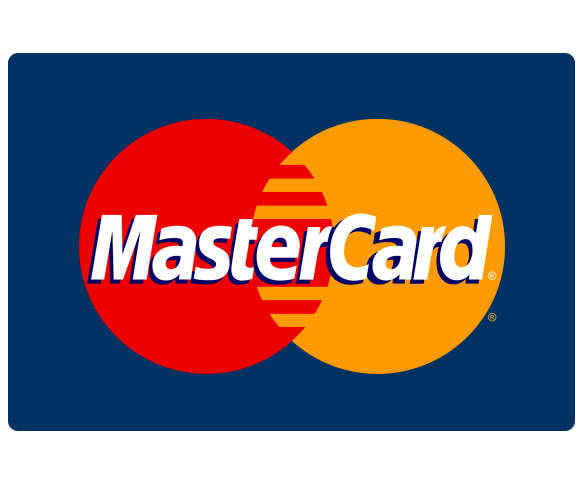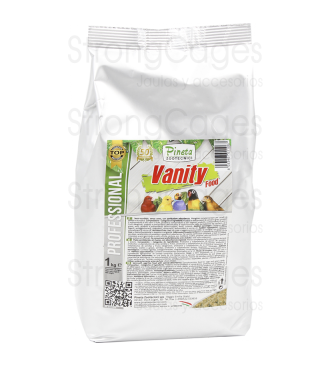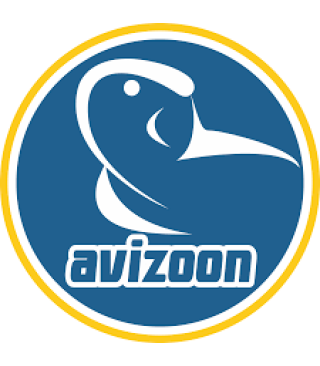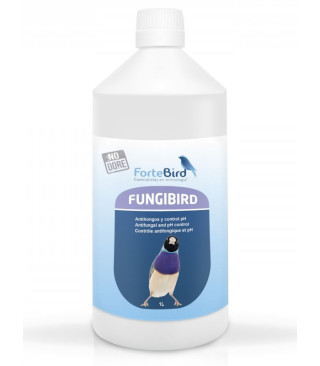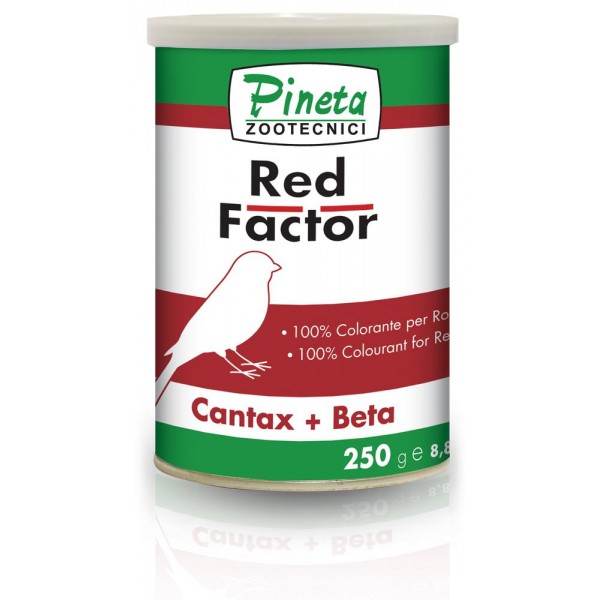
Red Factor 50gr Pineta (Pigmentación Profesional Rojo)
16.96€
Red Factor 50gr Pineta (Pigmentación Profesional Rojo)
- Availability: In Stock
- Brands Pineta
- Model 6660
- Reward Points: 5
- EAN: 8033407110753
16.96€
Entrega gratuita para pedidos superiores de 50€ (España Peninsular)
Elije tu forma de pagar
